How to flush the well: tips, ways, step by step guide
After the construction of any well on the water requires flushing, or, as they say in professional slang - buildup. Many readers are worried about whether it is possible to wash the well with their own hands, and, if so, how to do it?
In response, we decided to write a separate article on this topic.
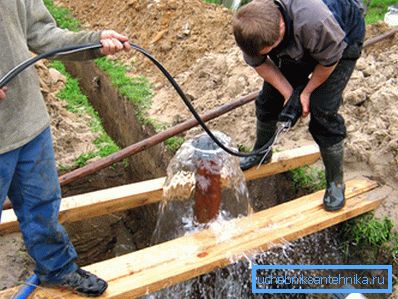
Buildup wells
What is needed

To understand why washing the object after drilling is necessary, it is necessary to understand some features of the well construction process..
The fact is that the principle of extracting water from the depths is built on the following properties of the rock:
- The upper sediment layer of earth quietly passes water through itself;
- Then the water stops on a waterproof layer of clay or loam;
- In the first waterproof layer in some places there are necessarily cracks and faults through which water penetrates under it and continues to move down until it encounters the next layer of clay or stone;
- On this layer, the liquid flows like a river, and if sand lies on the clay, then the water is gradually filtered over long distances;
- Then the moisture penetrates under the impermeable layer again, and the process repeats, only the liquid is filtered even better, eventually reaching the limestone horizon where the cleanest water is located;
- In the process of drilling, the rocks are mixed, and clay, black earth, silt and other impurities that pollute the water get into the sand or limestone aquifer;
- Also, when several aquifers are opened, there is a danger of mixing water of different quality, as a result of which the purity of the liquid in the face drops.

Note! If the well is not flushed properly, then a silt plug will remain at the bottom of the bottom, which will pollute the water and reduce the flow rate of the structure. Gradually, the object may silt so that its further operation will become impossible.
In the process of buildup, the submersible pump draws in particles of sludge, sand and clay along with water, thereby cleaning the bottom and the filter zone. In addition, under the action of pressure on the filter, large particles of sand remain, and gradually it becomes covered with a sandy “fur coat”, thus, the filtration efficiency increases.
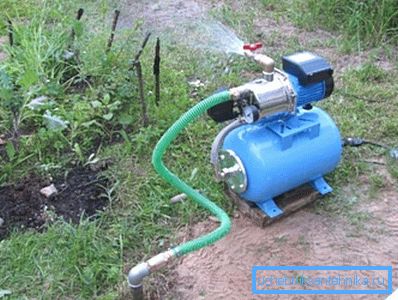
Note! When constructing an Abyssinian well, there is no danger of rock falling from the upper layers of soil into the lower ones, since drilling, as such, is absent. Here it is enough to pump a small amount of water with a surface pump.
Preliminary tips

After the completion of drilling operations begin to pump water from the source. The filter with which the pipe is wrapped is a mesh large enough for small particles that cannot stop them. Gradually, in the process of pumping a well, this filter becomes clogged with large particles, which begin to work on the principle of activated carbon and filter smaller particles.
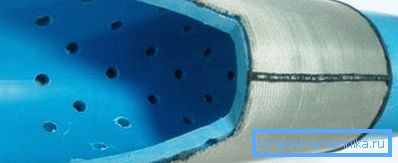
But one problem remains - at the bottom of the face there are already admixtures of clay and silt, what about them? Here, one important advice will help you: it is necessary to lower the submersible pump into the pipe to a certain depth so that it can capture bottom sediments, but does not dig into the mud.

Moreover, for pumping it is better to use a separate low-cost pump, since it can fail in the process of working with dirty water. Only after cleaning the well, it makes sense to lower the permanent unit, which will pump water into your water supply system every day, because its price is high enough to risk.
You should also consider the possibility of sticking the pump in the sludge, so it must be hung on a strong and reliable cable.
Note! The duration of the pumping and the volume of water that needs to be extracted cannot be clearly determined. It all depends on the composition of the rock, the structure of the slice and the characteristics of a particular well, the only advice is to flush to transparency, even if it takes more than one week.
Practical guide
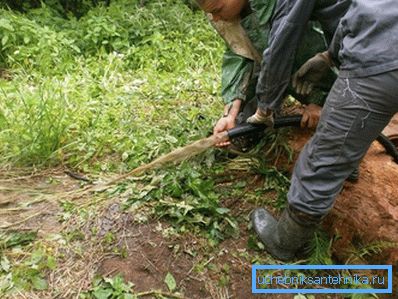
To help those who decided to wash the well after drilling with their own hands, we have compiled detailed instructions:
- After the completion of drilling operations, a submersible submersible pump should be lowered into the casing. This is an important point: the distance from the bottom of the bottom to the pump should be 700 - 800 mm, if the suspension is too low, the device will quickly become clogged or buried in sludge, and if it is too high, it will not trap small particles;
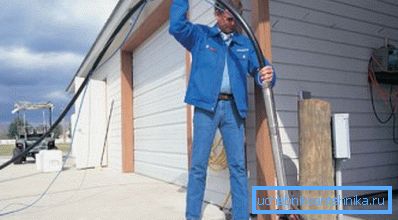
- The device should be firmly fixed on a reliable cable, better steel;
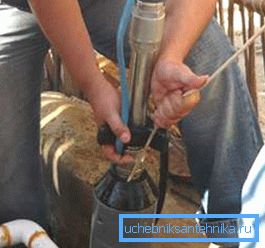
- The hose from the pump must be removed as far as possible from the water source so that the dirt does not flow back;
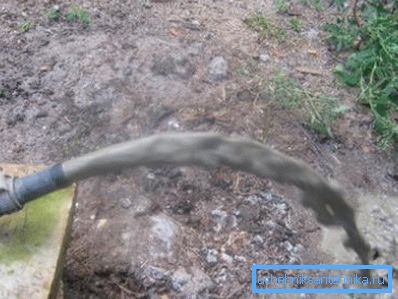
- Having turned on the pump, it is necessary to take it out periodically and clean it by passing clean water through it;

- The buildup can last from 12 hours to several weeks or even months. It is usually enough 48 hours. Sand wells are washed quickly, but not less than 12 hours;
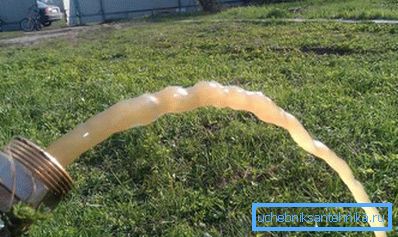
- The buildup is carried out to the full visual purity of the liquid.

Conclusion
No construction of a water well can do without buildup. You can flush the source without any problems on your own, it’s enough to follow the instructions. The video in this article will help to better understand the nuances of the process.